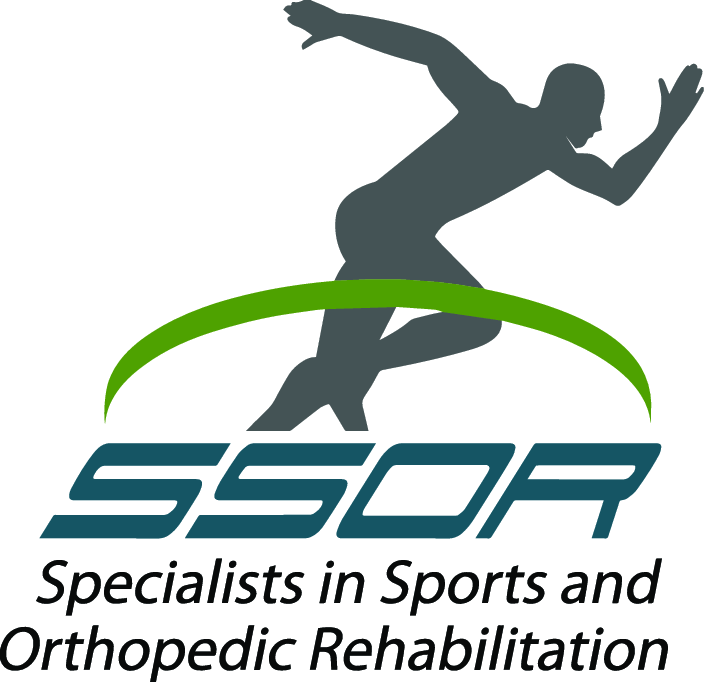Steroid Use in Adolescent Athletes
We’re in a highly competitive world where athletic prowess is celebrated and encouraged. Parents spend thousands of dollars on sports camps, performance training, and expert instruction to give their child the “edge” on the competition. The supplement industry makes billions per year promising better performance and faster recovery. At SSOR, we have conversations on a regular basis with young athletes and their parents on the in’s and out’s of supplements and maximizing physical training. Steroid usage is still alarmingly high among young athletes. The purpose of this post is to highlight some of the recent data on steroid use. All forthcoming information is gathered from a recent article in the National Athletic Trainer’s Association (NATA) NATA News on steroid use in schools.
The Statistics
1. Anywhere from 561,000 to 1.04 million high school students have used steroids.
2. Median age for first time steroid use: 15 years old.
3. Fact: Teen girls are the fastest growing group of users.
4. 40% of high school students surveyed said they’re easy to obtain.
5. 62% of users do it to improve their looks, while 57% surveyed said that they would take a pill or powder if they knew if would guarantee reaching their athletic goal, even if it would shorten their life.
What are the signs of steroid use?
Steroids can have serious systemic effects on a young athlete. Some of the signs are: mood swings, increased aggression, oily skin, more irritable than normal, paranoia, hair loss, hyperactivity, depression, bad breath, fast muscle growth, more joint pains, obsession with working out, locking the bedroom door, and frequently asking for money.
Many of you reading this may be thinking, “Irritable? Hyperactivity? Mood swings? – hello, that’s my kid anyway!”. Understand, it’s not these signs in isolation that are necessarily alarming for steroid use. It’s a collection of them coupled with the physical changes that accompany steroid usage.
From a physical therapy standpoint, in addition to the above issues, athletes taking steroids struggle with musculotendinous problems. When athletes take steroids and get those big muscles, the muscle gets hypertrophied (larger), but steroids have no positive effects on the tendon, the part that connects muscle to bone. Translation – you have a much larger muscle with a tendon trying to disperse force of a “normal” muscle. That’s why people who ruptured tendons happen in steroid users. In training without steroids, muscles and tendons increase strength concurrently.
We hope this post was informative. For more information, check out the NATA Position Statement on Steroids at http://www.nata.org/position-statements.
